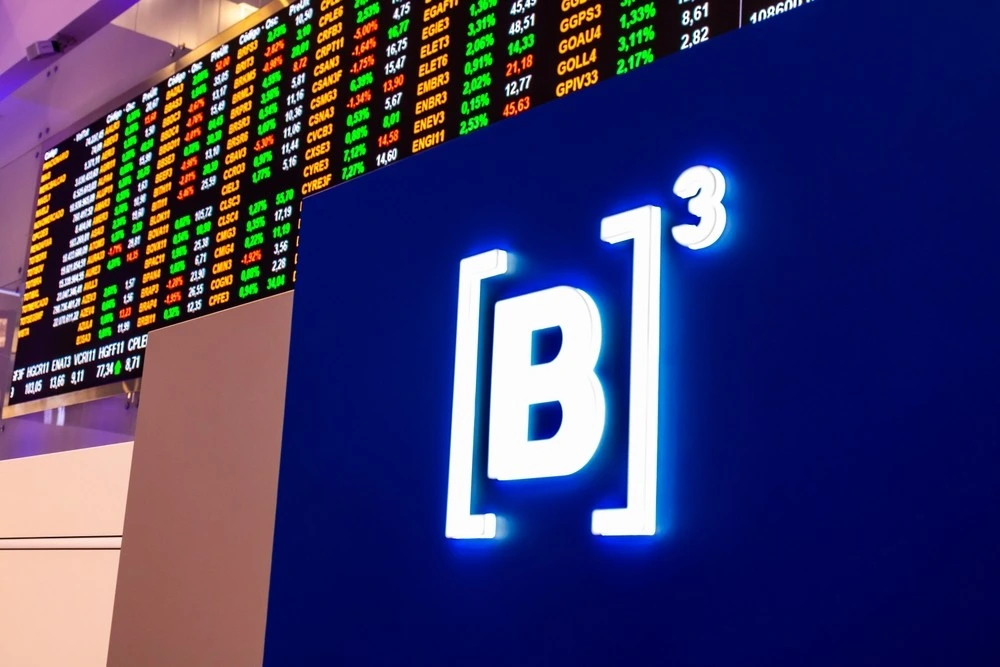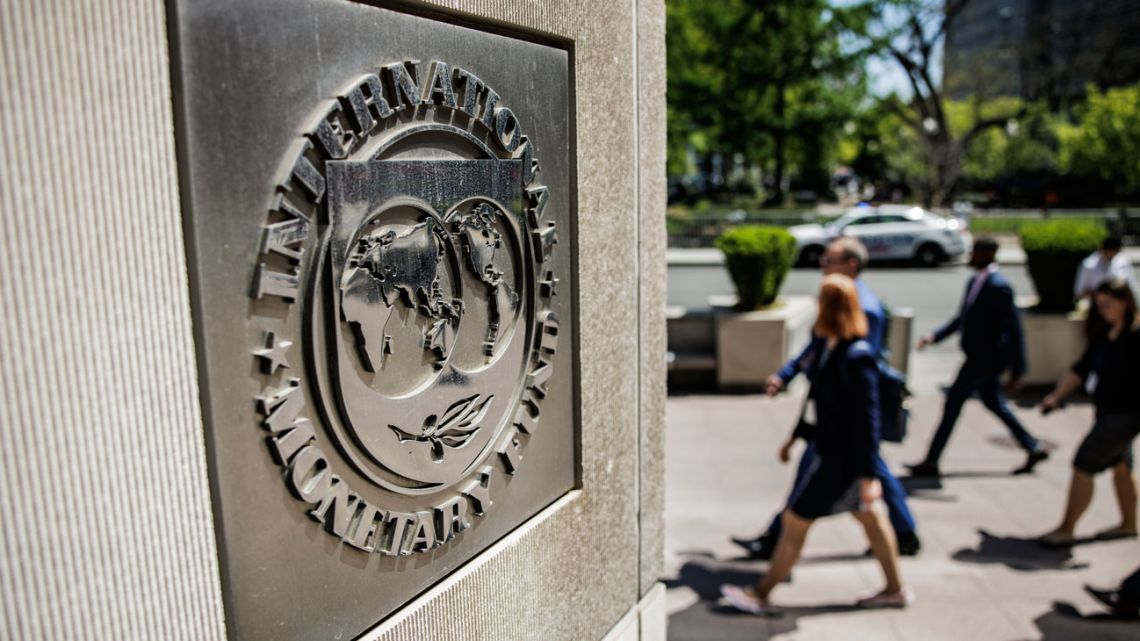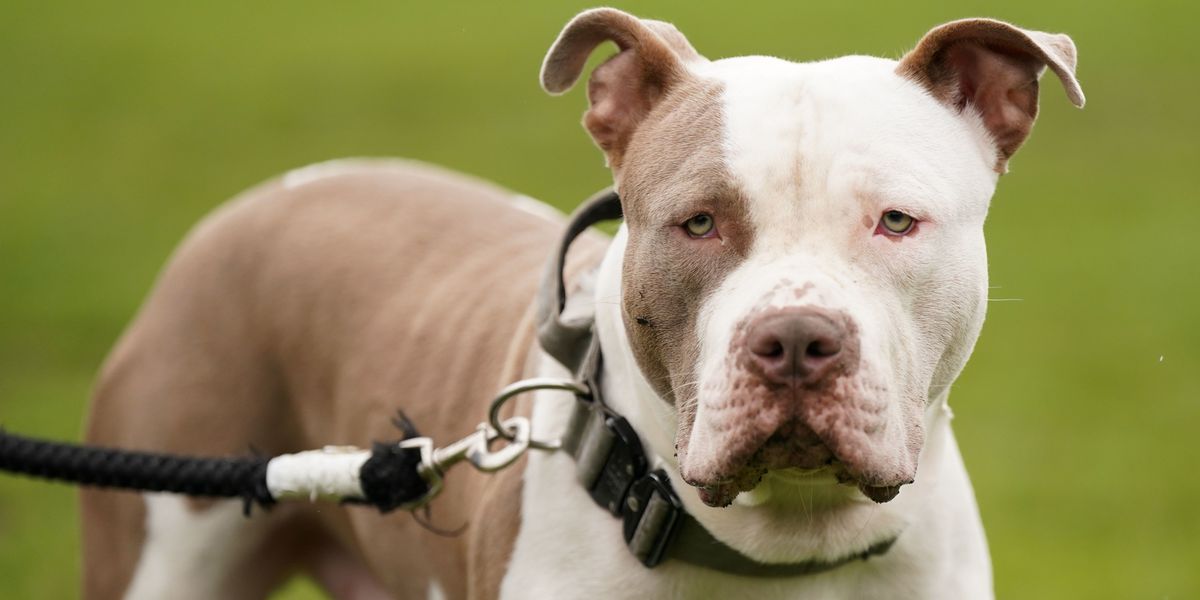Ethiopia’s Grand Ethiopian Renaissance Dam (GERD) stands at 97.6% completion, yet it faces a significant funding challenge, requiring an additional 80 billion Birr ($633.5 million) to finish construction.
This situation highlights the complexities of financing large-scale infrastructure projects in developing nations. Launched in April 2011, the GERD aims to generate 5,150 megawatts of electricity, which could transform Ethiopia’s energy landscape and support its economic growth.
To date, the project has raised over 20.2 billion Birr ($159.9 million) through public bond sales, with the Development Bank of Ethiopia contributing another 10 million Birr ($79,190).
Despite this progress, the remaining 2.4% of construction requires substantial funds. Dawit Amare from the Development Bank confirmed the funding gap.
He stated that the government seeks to raise 1.6 billion Birr ($12.7 million) this year from public contributions to address this shortfall. The GERD aims to meet Ethiopia’s energy needs. It also positions the country as a potential energy exporter in East Africa.
 Funding Gap Threatens Completion of Ethiopia’s Grand Renaissance Dam. (Photo Internet reproduction)
Funding Gap Threatens Completion of Ethiopia’s Grand Renaissance Dam. (Photo Internet reproduction)However, it has sparked tensions with Egypt and Sudan over water rights, as both countries rely heavily on the Nile River for their water supply. Negotiations among Ethiopia, Egypt, and Sudan have repeatedly stalled over how to fill and operate the dam.
Egypt demands legally binding agreements to ensure fair water distribution while Ethiopia asserts its right to develop its resources. The GERD represents Ethiopia‘s aspirations for self-sufficiency and economic advancement.
However, achieving these goals hinges on overcoming financial hurdles and navigating complex regional dynamics. As Ethiopia aims to complete the project by 2025, understanding these challenges is crucial.
This is particularly important for stakeholders like investors and policymakers who monitor regional stability and energy markets.

 By The Rio Times | Created at 2025-01-17 22:42:23 | Updated at 2025-01-18 01:52:25
3 hours ago
By The Rio Times | Created at 2025-01-17 22:42:23 | Updated at 2025-01-18 01:52:25
3 hours ago








